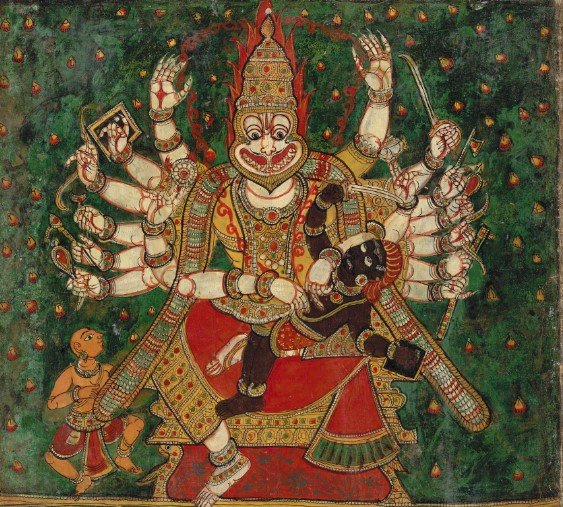Hindu festival of colors is called Holi
You may witness bonfires, the flinging of colored powders through the air, dancing, and other celebrations at Holi celebrations, an old Hindu holiday.
In India, Nepal, and other cultures throughout the world, the holiday heralds the arrival of spring and is a chance to spend time with family and close friends. These customs have their origins in Hindu writings and stories that celebrate devotion to deities, love, and other concepts, according to Dalpat Rajpurohit, an assistant professor in the Department of Asian Studies at The University of Texas at Austin.
In addition to Diwali, the festival of lights that often takes place in October or November, Rajpurohit noted that Holi is one of the two major celebrations in India associated with Hinduism.

How soon is Holi?
On Wednesday, March 8, there will be a festival of color and love called Holi. It occurs in the month of Falgun, which is usually in March.
Describe Holi.
Rajpurohit said that while the occasion is associated with a number of Hindu texts, one of those books emphasizes dedication.
Hiranyakashipu, the Demon King, depicts Vishnu as a man-lion avatar wearing a crown.

Acanthus leaves embellish the base and capital of the pillar, a design element the artist is accustomed to from Calcutta’s Victorian colonial architecture. This unique impression, which was probably meant for hand-coloring, may be the earliest known popular print of this subject. According to the traditional story, the haughty and ruthless Hiranyakashipu gave the command for “everyone in his kingdom to worship him, everyone will be dedicated to him,” Rajpurohit stated.
Yet because he was “devoted to the Hindu god Vishnu, he was quite upset at him,” according to his son Prahlad.
In order to prevent his son from being killed, Hiranyakashipu instructed his sister Holika to “take Prahlad into her lap and sit in a campfire.” They thought she would escape the flames while Prahlad would be destroyed, but the son was spared.
How do you celebrate Holi?
The type of celebrations varies by area in India, but one of the most popular ones involves lighting a bonfire in honor of Holika on the night before Holi.
The celebration of “throwing colors at each other” usually takes place the next day, when people visit each other’s houses or a public area and “throw colors on each other to celebrate the mood, the blooming of the flower, the arrival of the spring season, season of joy,” he said.
As the founder of Ayurveda medicine, Dhanvantari—whose name means “arrow-moving”—is recognized as the greatest. On the first day of Diwali, Hindus customarily worship Dhanvantari in hopes of finding health.
At the vibrant celebrations of Holi, people occasionally employ colored powders, colored liquids, or other substances. There can also be dancing, singing, and drumming during celebrations.

Rajpurohit remarked that different meals are prepared and consumed in different parts of India in celebration of Holi. A popular meal in the country’s northern regions is gujia, a sweet pastry with fried fillings.




